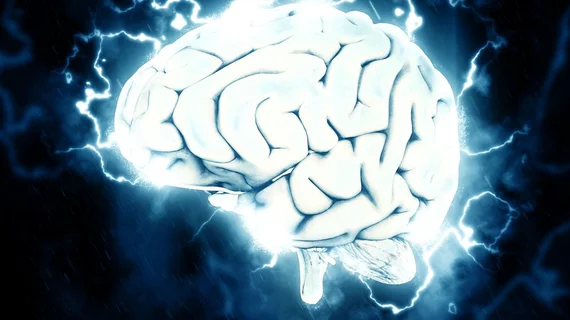New MRI research could help specialists diagnose brain diseases
Using MRI, researchers at the Washington University School of Medicine in St. Louis have devised a technique that reveals the type and number of brain cells present. They can also detect where cells have been lost through injury and disease.
Their findings could lead to new ways of diagnosing Alzheimer’s disease, multiple sclerosis, traumatic brain injury, autism and other brain conditions with MRI.
“There’s no easy way to detect the loss of neurons in living people, but such loss plays a role in many neurological diseases,” said Dmitriy Yablonskiy, PhD, a professor of radiology at Washington's Mallinckrodt Institute of Radiology, in a prepared statement. “We’ve shown in the past that there’s a signal that goes down in parts of the brain in people with Alzheimer’s disease, multiple sclerosis and traumatic brain injury, but we didn’t know what it meant. Now, we know it means neurons have died in those areas.”
Yablonskiy and colleagues studied the background data on an MRI scan and found a signal—dubbed R2t*—that did not change when the study subject performed tasks that used various parts of the brain. After comparing the signal to the Allen Human Brain Atlas, the researchers found three sets of gene networks that tracked with the R2t*. The signal highlighted the different kinds and number of brain cells, and the connectivity between them.
This information may help researchers better understand brain development, changes from infancy to adulthood to old age, how memories are built and how individuals learn.
The researchers are now working to apply their technique to brain diseases including Alzheimer’s, schizophrenia, multiple sclerosis and autism.
“We’ve developed a method that takes a six-minute scan and tells you what types of cells are there and how extensively they’re connected,” Yablonskiy said. “As babies develop, neurons start growing, they connect with each other, they start forming memories. Nobody really knows how this is done. But this method could help us understand normal development, as well as how brain diseases develop.”

